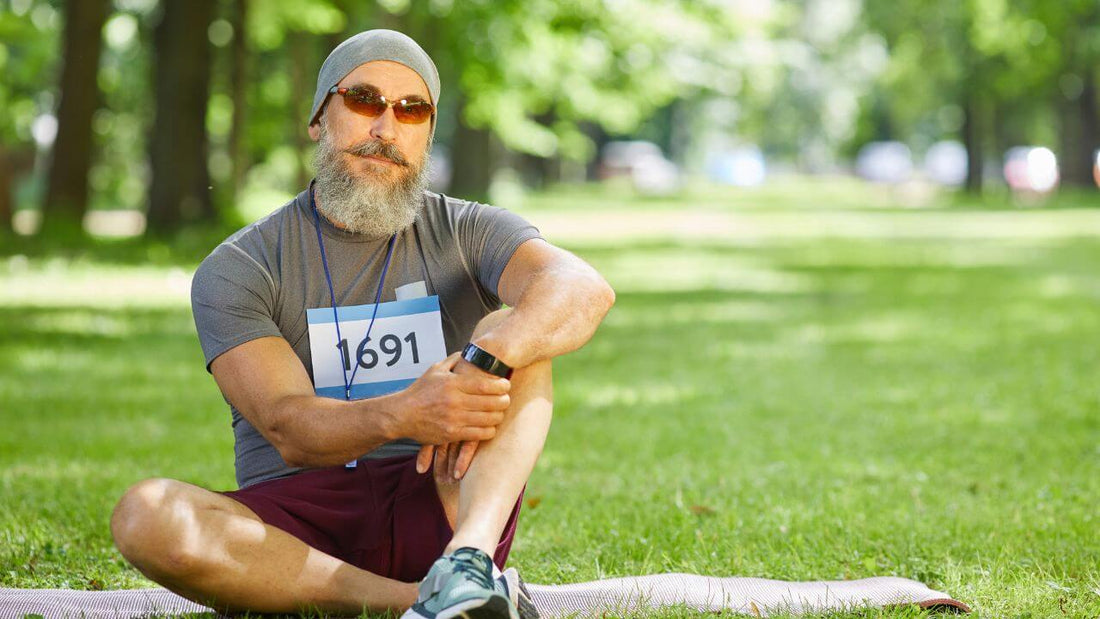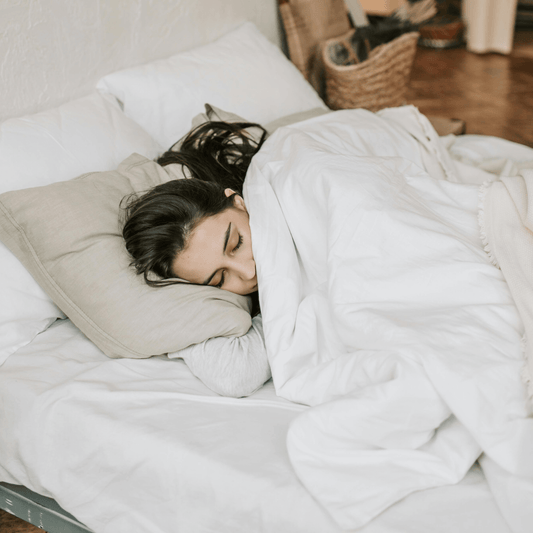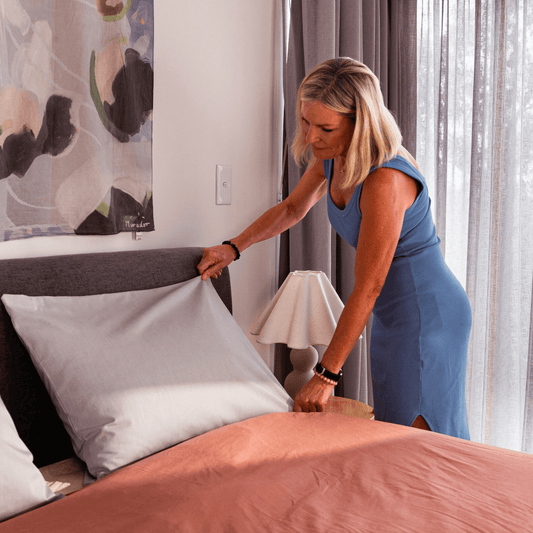
Grounding for Athletic Performance Enhancement: Earthing for Athletes
Athletes are always searching for an edge – something to help them perform better or recover faster. In recent years, some trainers and sports scientists have turned attention to an unconventional strategy: grounding (earthing).
This involves direct physical contact with the Earth (such as training or sleeping while connected to the ground) to harness the Earth’s electrical energy.
It might sound far-fetched, but preliminary studies suggest grounding can influence physiological factors important to athletes. Reported benefits include reduced muscle soreness, quicker recovery times, and improved circulation.
Here, we explore how earthing might enhance athletic endurance and recovery, and examine what scientific evidence exists to support these claims.
Grounding Provides Faster Recovery and Reduced Muscle Soreness
Intense exercise often leads to muscle micro-tears and inflammation, experienced as delayed onset muscle soreness (DOMS). A pilot study in 2010 investigated grounding’s effects on DOMS. In the study, healthy volunteers performed strenuous exercises to induce soreness in their calf muscles.
Half of them then slept while connected to grounding sheets, and the other half slept ungrounded. Results showed that the grounded group had significantly less muscle pain and stiffness in the following days, and blood tests revealed lower levels of creatine kinase and other markers of tissue damage.
They also maintained better leg strength compared to the ungrounded group, indicating faster recovery. The researchers concluded that grounding the body appeared to speed up recovery from exercise-induced muscle injury. For athletes, this suggests earthing could mean less downtime after hard workouts and possibly a reduced risk of overuse injuries.
Grounding’s anti-inflammatory effect is likely a key factor. Exercise causes temporary inflammation as part of the healing process, but excessive inflammation delays recovery. By providing the body with electrons that neutralise free radicals, grounding can curb unnecessary inflammatory reactions.
In practical terms, many athletes now incorporate grounding into their recovery routines – for example, doing cool-down stretches barefoot on grass or using grounding mats during post-training rest. Anecdotal reports from runners and cyclists note that when they practice grounding, they experience milder soreness and can train again sooner. While anecdotes aren’t proof, they align with the controlled study findings and give a glimpse of grounding’s potential as a recovery aid.
Grounding Improves Circulation and Endurance
Another way grounding might help athletes is by improving circulation and blood properties. Adequate blood flow is crucial during exercise to deliver oxygen to muscles and carry away metabolic waste. Thick, “sticky” blood can impair this process. Grounding has demonstrated a notable effect on blood viscosity.
In a 2013 study, subjects who were grounded for two hours had a reduction in red blood cell clumping and improved zeta potential (the electric charge separating red blood cells). In plainer terms, their blood became less prone to sludge. Thinner blood means better oxygen delivery – a boon for endurance performance. It also means a lower risk of blood pressure spikes and clotting during prolonged, intense exercise.
Additionally, preliminary observations suggest grounding may enhance heart rate variability (HRV), an indicator of cardiovascular efficiency and stress adaptation. Higher HRV generally reflects a more relaxed, resilient state – something endurance athletes strive for, as it often correlates with better conditioning.
While formal studies on grounding and HRV in athletes are underway, early reports imply that athletes who ground themselves (like sleeping grounded before a competition) show improvements in morning HRV, indicating a well-recovered state.
Real-World Applications for Athletes
Athletes can incorporate grounding in several practical ways:
- Barefoot training or cooldowns: Many sports programs have started doing barefoot cooldown stretches on natural turf. This not only grounds the athletes but also improves foot strength and balance – two additional benefits.
- Grounded sleep: Since so much recovery happens during sleep, some athletes use grounding bedsheets at night. There are reports from trainers that grounded sleep helps reduce nighttime muscle cramps and improve perceived recovery upon waking.
- Travel recovery: Athletes travelling across time zones (and dealing with jet lag) sometimes use grounding techniques (like walking barefoot on grass at the destination) to synchronise their body clocks and reduce travel fatigue. This is based on evidence that grounding can quickly stabilise cortisol rhythms and improve sleep in new time zones.
It’s worth noting that grounding should be viewed as complementary. Optimal training, nutrition, hydration, and rest are still the primary drivers of athletic performance. Grounding is a low-cost, natural adjunct – it might give that extra 1% improvement which, at elite levels, can be the difference between podium and pack.
Final Thoughts
Grounding offers a novel, nature-based approach to potentially enhance athletic performance and recovery. By reducing exercise-induced muscle damage and inflammation, earthing can help athletes recover faster and experience less soreness. Its effects on blood properties and stress physiology align with improved endurance and resilience.
While more large-scale research with athletes is needed, the existing evidence and anecdotal successes make a compelling case for incorporating some barefoot Earth time into training regimens. In the quest for performance gains, reconnecting with the Earth might just be an ancient practice that delivers modern benefits – helping athletes stay grounded, in every sense, as they push their limits.
And for those who want the same benefits year-round without depending on outdoor conditions, we at Premium Grounding provide grounding products designed to bring that connection indoors.
References
- Brown, D., Chevalier, G., & Hill, M. (2010). Pilot study on the effect of grounding on delayed-onset muscle soreness. Journal of Alternative and Complementary Medicine, 16(3), 265–273. DOI: 10.1089/acm.2009.0399
- Chevalier, G., Sinatra, S. T., Oschman, J. L., & Delany, R. M. (2013). Earthing (grounding) the human body reduces blood viscosity—a major factor in cardiovascular disease. Journal of Alternative and Complementary Medicine, 19(2), 102–110. DOI: 10.1089/acm.2011.0820
- Oschman, J. L., Chevalier, G., & Brown, R. (2015). The effects of grounding (earthing) on inflammation, the immune response, wound healing, and prevention and treatment of chronic inflammatory and autoimmune diseases. Journal of Inflammation Research, 8, 83–96. DOI: 10.2147/JIR.S69656










